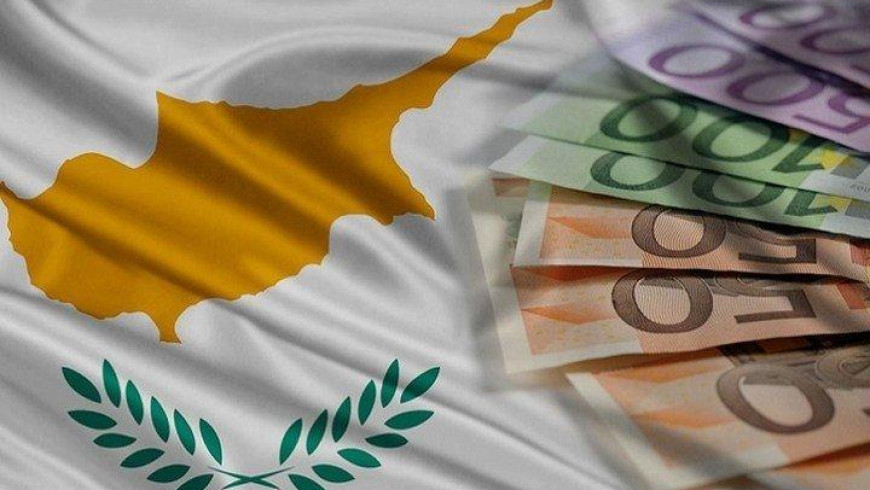
In 2000 the group of the 13 candidate countries (CC-13) was the European Union's second biggest trading partner, after the United States. For the candidate countries, the European Union was their major partner, accounting for 65% of their trade in 1999. After a definite slowdown in 1999, trade between CC-13 and EU-15 picked up noticeably in 2000 (+26.5%). Poland and Turkey were the Union's leading partners among the CC-13 countries. Germany was easily the candidate countries' main partner among the Member States, and has been for many years. Trade was generally dominated by manufactured goods, especially machinery and vehicles and other manufactured articles.
All the candidate countries recorded positive economic growth in 2000 (+5.0%), following negative growth (-0.2%) the previous year. By way of comparison, the 13 candidate countries have a total population of 170 million, i.e. about half the EU total. GDP per capita (expressed in PPS) was 7,900 in 2000, about three times less than in the European Union.
Trade between CC-13 and EU-15 increased considerably in 2000 (+26.5%). CC-13 imports from the European Union amounted to EUR 150.3 billion, while exports totalled 117 billion euro. Between 1995 and 2000 trade between CC-13 and EU-15 rose by a factor of 2.2. The European Union is now the candidate countries' leading trade partner, accounting for 65% of total trade (intra and extra) in 1999.
For the Union, the candidate countries' share of its total trade was 14% in 2000. When both trade flows (imports and exports) are considered in value terms, the candidate countries emerge as the Union's second biggest trade partner, after the United States. The trade flows between CC-13 and EU-15 were twice as much as between Japan and the EU and three times as much as between the Union and the NIS. Poland, Turkey, Hungary and the Czech Republic were all ranked among the Union's top ten trade partners in 2000.
All the candidate countries recorded positive economic growth in 2000 (+5.0%), following negative growth (-0.2%) the previous year. By way of comparison, the 13 candidate countries have a total population of 170 million, i.e. about half the EU total. GDP per capita (expressed in PPS) was 7,900 in 2000, about three times less than in the European Union.
Trade between CC-13 and EU-15 increased considerably in 2000 (+26.5%). CC-13 imports from the European Union amounted to EUR 150.3 billion, while exports totalled 117 billion euro. Between 1995 and 2000 trade between CC-13 and EU-15 rose by a factor of 2.2. The European Union is now the candidate countries' leading trade partner, accounting for 65% of total trade (intra and extra) in 1999.
For the Union, the candidate countries' share of its total trade was 14% in 2000. When both trade flows (imports and exports) are considered in value terms, the candidate countries emerge as the Union's second biggest trade partner, after the United States. The trade flows between CC-13 and EU-15 were twice as much as between Japan and the EU and three times as much as between the Union and the NIS. Poland, Turkey, Hungary and the Czech Republic were all ranked among the Union's top ten trade partners in 2000.














 3287.99
3287.99 1275.09
1275.09
